|
|
|
JENKINS, DOCKER & KUBERNETES Course Details |
|
Subcribe and Access : 5200+ FREE Videos and 21+ Subjects Like CRT, SoftSkills, JAVA, Hadoop, Microsoft .NET, Testing Tools etc..
Batch
Date: May 7th @8:00AM
Faculty: Mr. Shiva (8+ Yrs Of Exp,..)
Duration: 45 Days
Venue
:
DURGA SOFTWARE SOLUTIONS,
Flat No : 202,
2nd Floor,
HUDA Maitrivanam,
Ameerpet, Hyderabad - 500038
Ph.No: +91- 9246212143, 80 96 96 96 96
Syllabus:
JENKINS, DOCKER & KUBERNETES
DevOps
- What is SDLC? What is DevOps? Where is DevOps position in SDLC?
- Importance of DevOps in software release.
- Introduction to Physical Servers, Virtualization, Virtual Servers and Cloud.
- Jenkins, Docker & Kubernetes position in SDLC.
- Importance of Jenkins, Docker & Kubernetes in the IT industry.
Jenkins Introduction
- Introduction to Continuous Integration & Continuous Deployment
- Popular tools for CICD in the market.
- Introduction to Jenkins & Installation. Creating and explanation of master slave architecture to execute Jenkins jobs.
- Explanation of technical terms in Jenkins.
Jenkins Deep Dive
- Walking through the Jenkins console.
- Creating a free style project with pipeline syntax.
- Creating and working with pipeline projects.
- Creating and working with a multi branch pipeline project.
- Exploring various options that we have as part of creating pipelines.
Jenkins Integrations
- Jenkins integration with GitHub to fetch the project.
- Jenkins integration with SonarQube to check application vulnerabilities.
- Jenkins integration with Jfrog to store artifacts.
- Jenkins integration with DockerHub to store docker images.
- Jenkins integration with Trivy to scan docker images.
- Jenkins integration with Kubernetes to deploy applications.
Jenkins Configuration
- Configuring credentials in Jenkins to use them in the pipeline.
- Configuring custom environmental variables with Jenkins pipeline.
- Shared libraries and Configuring shared libraries with Jenkins pipeline.
- Configuring Jenkins pipeline with parameters.
- Configuring Jenkins blue ocean.
- Configuring upstream and downstream projects.
- Configuring predefined environmental variables with Jenkins pipeline.
- User and role management in Jenkins.
- Using plugins with Jenkins.
- Exploring Jenkins stash and working with it.
Jenkins troubleshooting and backup
- Troubleshooting issues faced and possible problems in Jenkins.
- Backup and restore required things from Jenkins machine.
Projects
- Project on combination of Jenkins, Java, Maven, SonarQube, JFrog, Docker, Trivy and Kubernetes.
Docker Introduction
- Introduction to Docker & Containers.
- Installation of Docker and Docker-Compose.
- Explanation of YAML syntax.
- Explanation of technical terms used in Docker.
(Docker Host, Docker Client, Docker Daemon, Docker Registry, Docker Images)
Docker DeepDive
- Commands used in Docker and their explanation along with flags.
- Working on Docker images
- Practical examples of running applications and use cases.
- Understanding 3-tier architecture.
- Explanation and creating multi container architecture.
(with -- link flag and docker-compose)
- Practical examples and use cases with multi container architecture.
Custom Docker Images
- Understanding and creating custom Docker images.
- Understanding of DOCKERFILE.
- Explanation of various keywords used in DOCKERFILE.
- What is cache busting in Docker?
Docker Volumes & Docker Networking
- Understanding significance of Docker volumes and its types.
(Simple Docker Volumes and Docker Volume Containers)
- Understanding Docker networking and types.
(Bridge network, Host network, Null network, Overlays network)
- Practical examples and use cases with Docker volumes and Docker networking.
Docker Registry
- Understanding Docker registry and types.
(Public registry and Private registry)
- Pushing Docker images to Docker registry
- Practical examples and use cases with Docker registry.
Advanced Concepts & Projects
- Multi stage docker builds for two applications.
- Understanding layers for Docker images.
- Practical examples and use cases of multi stage docker builds.
- Projects on Docker and Docker-Compose.
- Debugging/Troubleshooting of issues faced in docker.
Next…
- Introduction to container orchestration and advantages.
- Various orchestration technologies available in the market.
- Introduction to Kubernetes.
Kubernetes (K8S) & Installation of tools
- What is K8S? Why K8S?
- Installation of K8S with Minikube to reduce costs.
- Installation of K8S client kubectl.
- Creating Kubernetes cluster with AWS EKS with YAML.
- K8S cluster architecture and its components explanation.
(kube api-server, controller manager, scheduler, ETCD, kubelet, kube-proxy, container runtime engine)
- Explanation of technical terminologies in Kubernetes.
- Exploring the Kubernetes cluster.
- Imperative commands and Kubernetes manifests.
Kubernetes Workloads and Resources
- Containers, InitContainers, SidecarContainers, Pods, ReplicaSet, Deployments, DaemonSet, Jobs & CronJobs, StatefulSets.
- Understanding the difference between InitContainers and SidecarContainers.
- Understanding pod phases and container states in Kubernetes.
- Explanation of annotations in K8S.
- Explanation of multi container pods.
- Imperative and declarative commands for Kubernetes.
- Practical examples and use cases of above workloads.
Kubernetes Services and LoadBalancing
- Understanding services and its types.
(ClusterIP, NodePort, LoadBalancer, ExternalName, Headless Service)
- Understanding multi-port services.
- Practical examples and use cases of services and its types.
- Understanding DNS for services and pods.
Kubernetes Storage
- Understanding volumes in Kubernetes.
- Persistent volumes and Persistent volume claims.
- EmptyDir, HostPath, Static volume provisioning, Dynamic volume provisioning and Storage Classes. Practical examples and use cases of storage.
Configuring Kubernetes Workloads
- Configmaps, Secrets and Sealed Secrets.
- Requests and Limits, ResourceQuota, LimitRanges and Quality Of Service classes..
- Understanding different types of deployments and their significance.
- Configuring horizontal pod auto scaler.
- Configuring pods with policies (eg: ImagePullPolicy)
- Commands and Arguments and its advantages.
- Explanation of namespaces.
- Liveness, Readiness probes and StartUp probes.
- ApiGroups and Kubernetes resources under them.
- Security contexts in Kubernetes
- Practical examples and use cases.
Scheduling
- Introduction to Scheduling in K8S.
- Explanation of how the kubernetes schedules the pods on nodes.
- Manual Scheduling of workloads/pods with node name.
- Scheduling the applications using labels and selectors.
- Scheduling using Taints and Tolerations.
- Scheduling using NodeAffinity.
- Understanding the difference between Taints and Tolerations and NodeAffinity.
- Understanding pod affinity and anti affinity and difference.
- Practical examples and use cases of scheduling.
Maintenance
- Pod disruption budget in Kubernetes.
- Garbage collection in the Kubernetes cluster.
- Condoning and Uncordening the nodes.
- Understanding the eviction and migration of applications.
- Switching between contexts for working with different Kubernetes clusters.
- Kubectx and kubens tools to switch between contexts and namespaces.
Security
- Understanding service accounts. Using a service account with Kubernetes dashboard application.
- Roles, RoleBinding, ClusterRole and ClusterRoleBinding.
- RBAC (Role Based Access Control).
- Explanation of Static Pods.
- Explanation of ~/.kube/config file.
- Practical examples and use cases of security.
Advanced
- What is a custom resource definition?
- Deploying CRD to K8S cluster. Working with custom resources.
Networking
- Introduction to networking in Kubernetes.
- What is ingress? Why is its significance?
- Available ingress controllers.
- Practical examples of nginx and kong ingress controllers (Path Based Routing and Host Based Routing).
- Understanding network policies and use cases.
- Service internal traffic policy.
- Practical examples and use cases of networking.
Backup & Restore
- Need of backup kubernetes resources.
- Ways to backup Kubernetes resources.
- Rolling Updates & Roll Backs.
- Backups of ETCD database deployed in kubernetes cluster.
Monitoring and Troubleshooting
- Introduction to Logging and Monitoring.
- Different issues that may occur in the Kubernetes cluster.
- Visiting logs and describing applications to debug applications.
- Understanding the problems and their significance.
- Monitoring cluster with Kubernetes dashboard.
- Integrating rancher with AWS EKS cluster.
Other Tools
- Introduction to Helm.
- Installing Helm and working with it.
- Commands used to deploy applications with Helm and their explanation.
- Working with Helm and explanation of folder structure.
- Functions, Conditions and Loops in Helm.
- Helm templatising. Named templates.
- K9S tool to manage multiple EKS clusters.
- ArgoCD to automate the deployments to Kubernetes cluster.
Projects
- Projects on combination of Jenkins, Docker, Kubernetes, K9S, ArgoCD.
Summary
- Summary about the things we learned.
Tools We Use
- Git
- AWS CLI
- MongoComposs
- PostMan
- Intellij or VSCode
- Trivy
- Docker
- Docker-Compose
- Kubeadm
- Kubectl
- Kubectx
- Kubens
- Kubeseal
- K9S
- Rancher
- Kubernetes-Dashboard
- ArgoCD
- Jenkins
- SonarQube
- JFrog
- BlueOcean
- FluentBit
- ElasticSearch
- Kibana
- Prometheus
- Grafana
- Istio
- Kiali
AWS Services We Use
- Elastic Compute Cloud
- LoadBalancers
- Elastic Container Registry
- Elastic Kubernetes Service
- Virtual Private Cloud
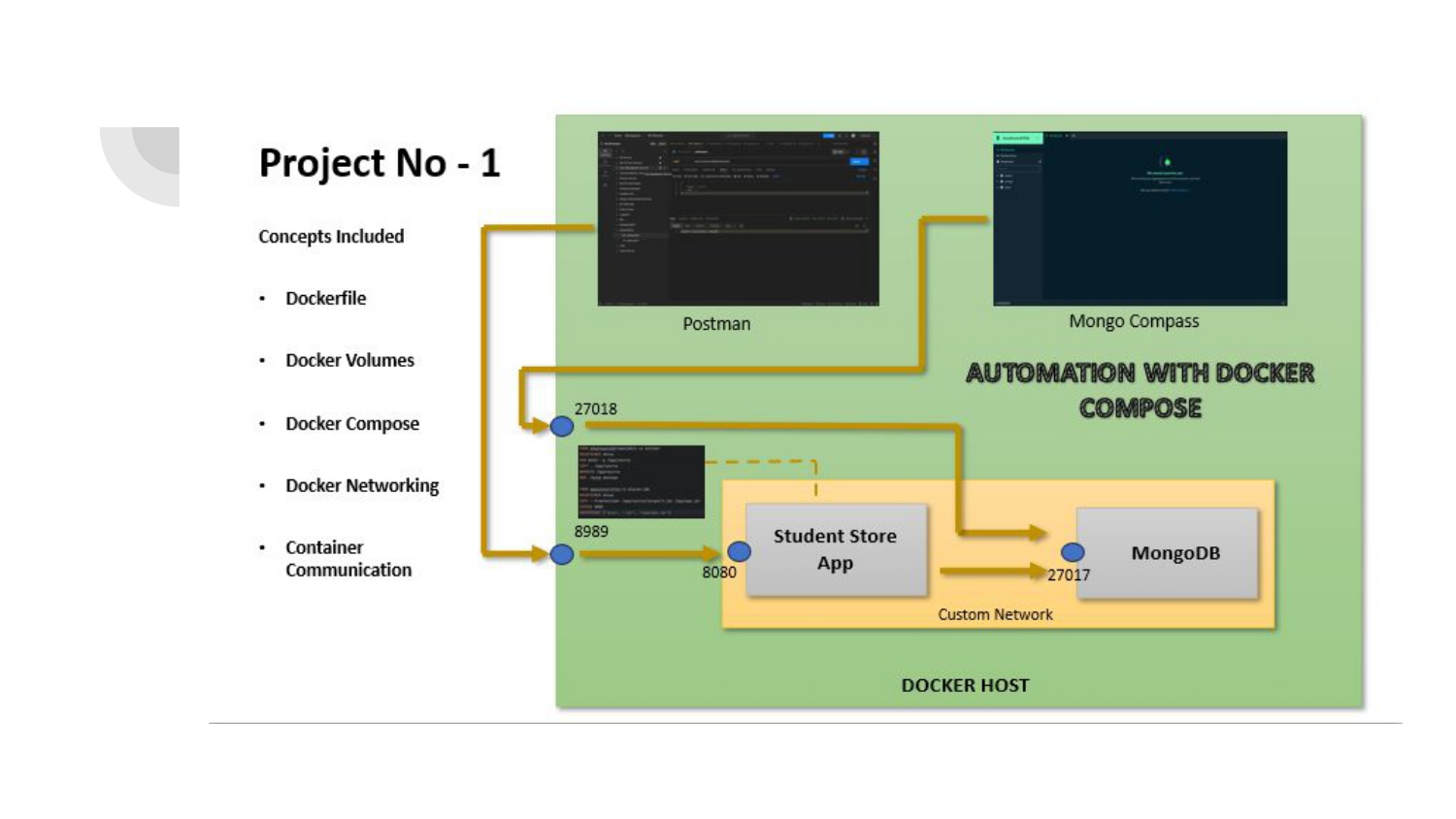
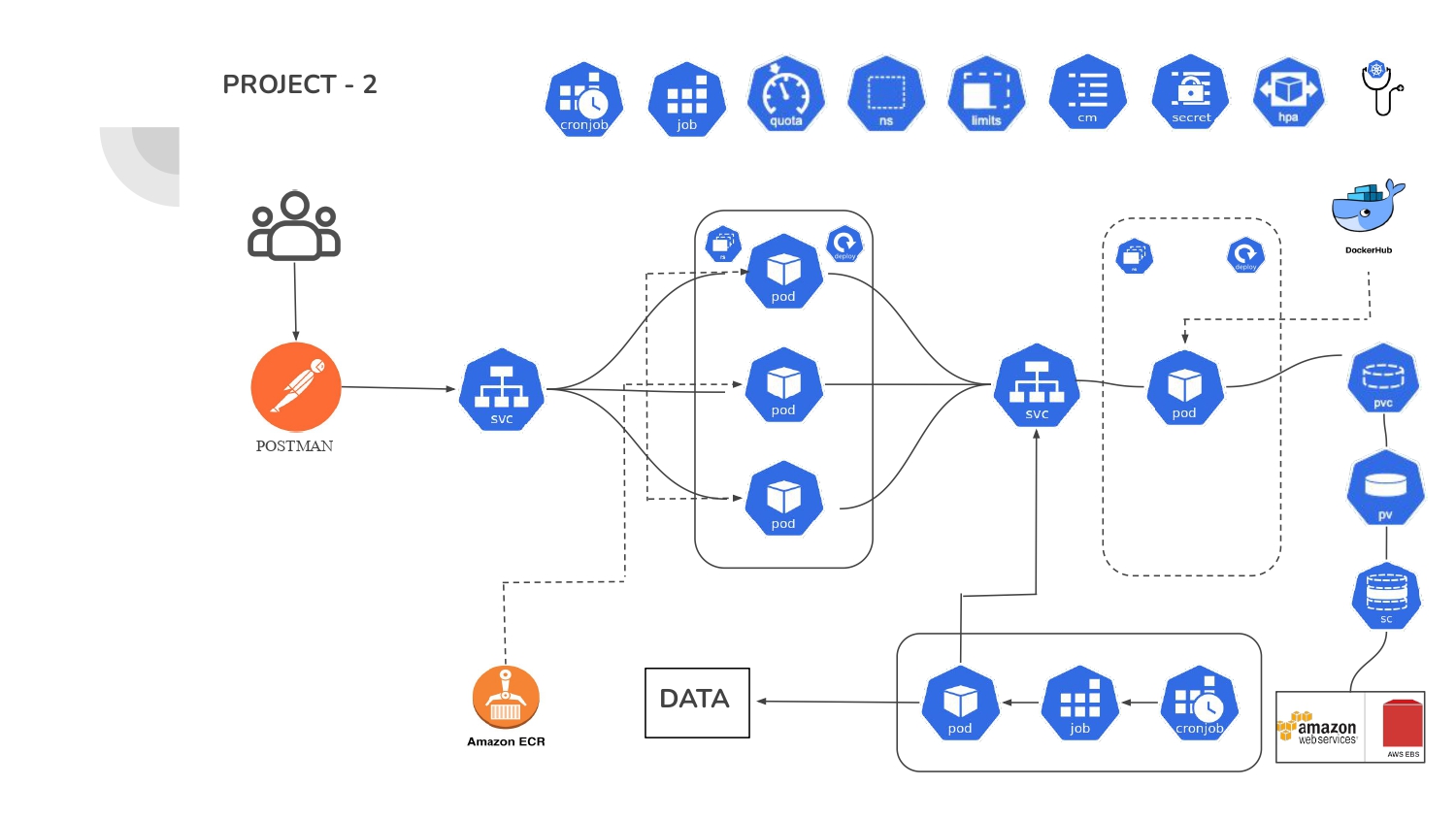
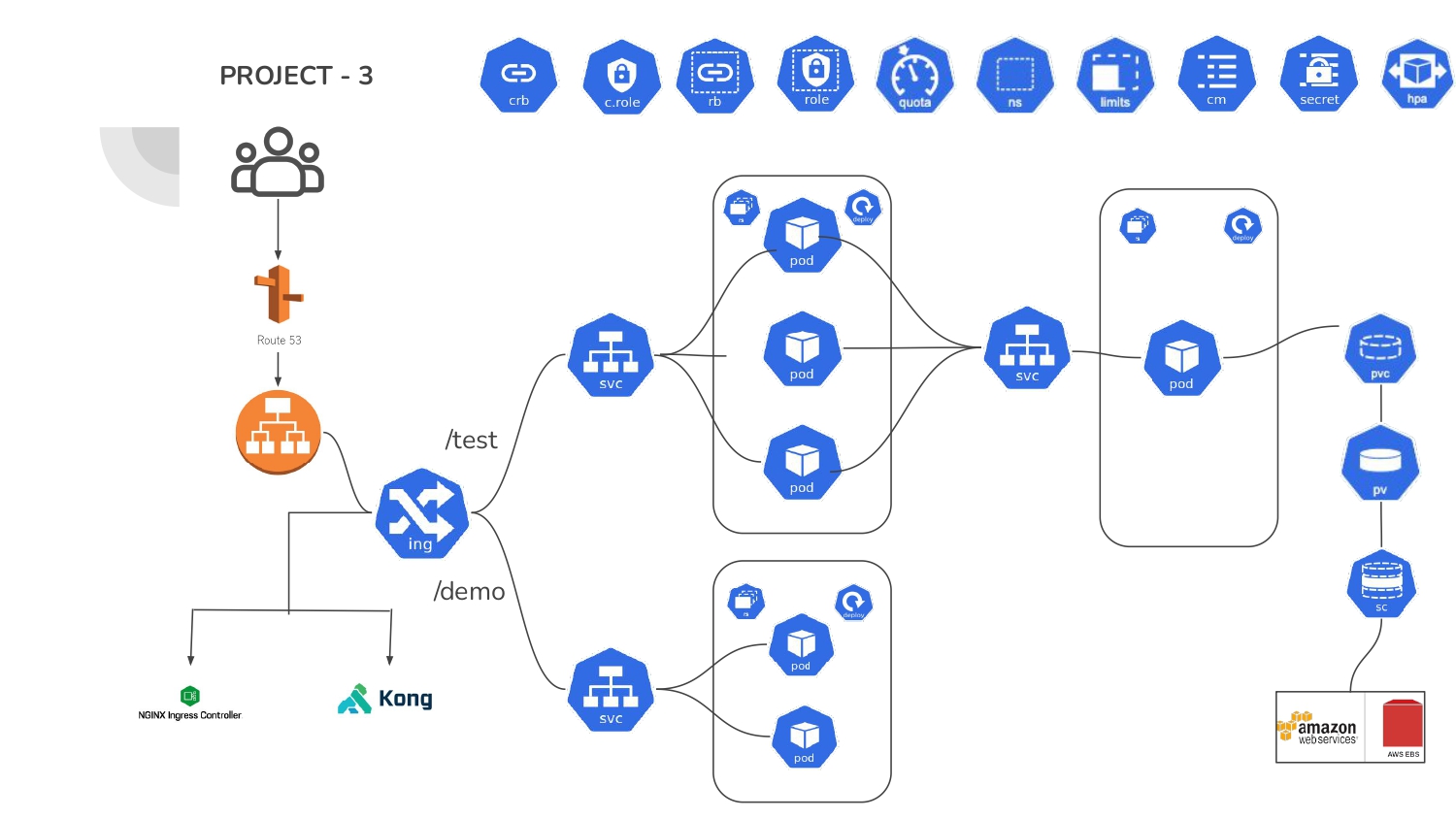
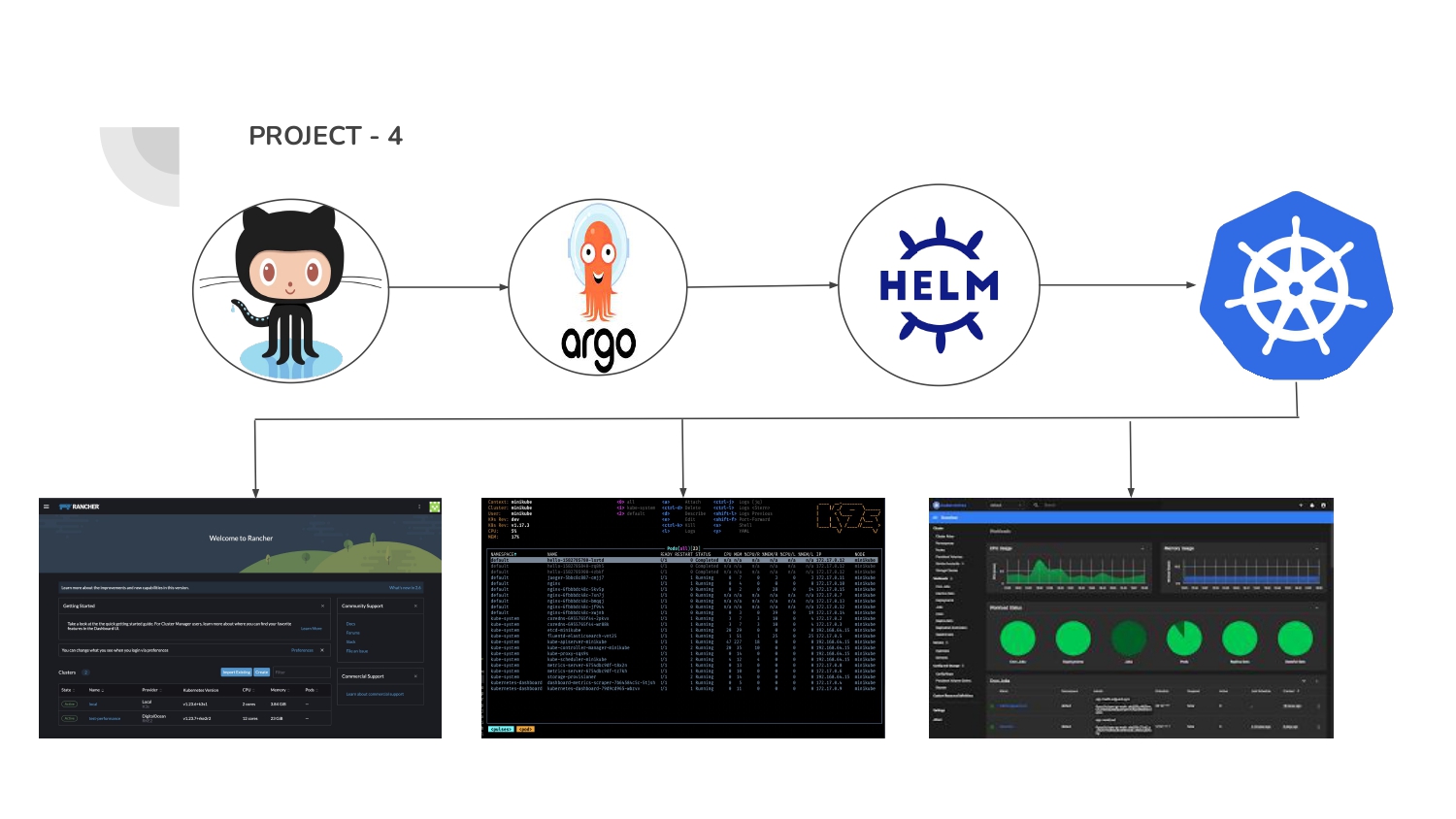
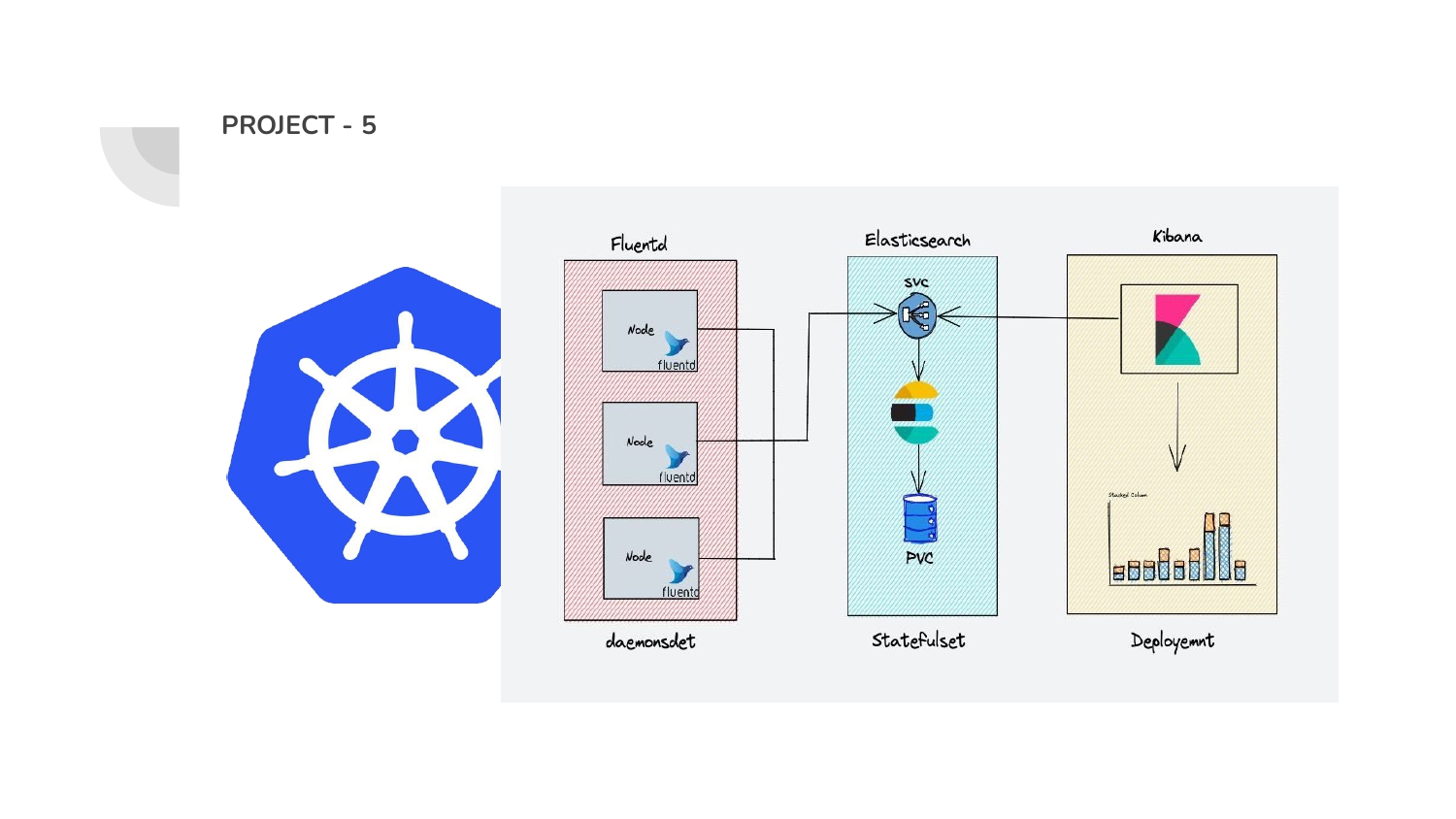
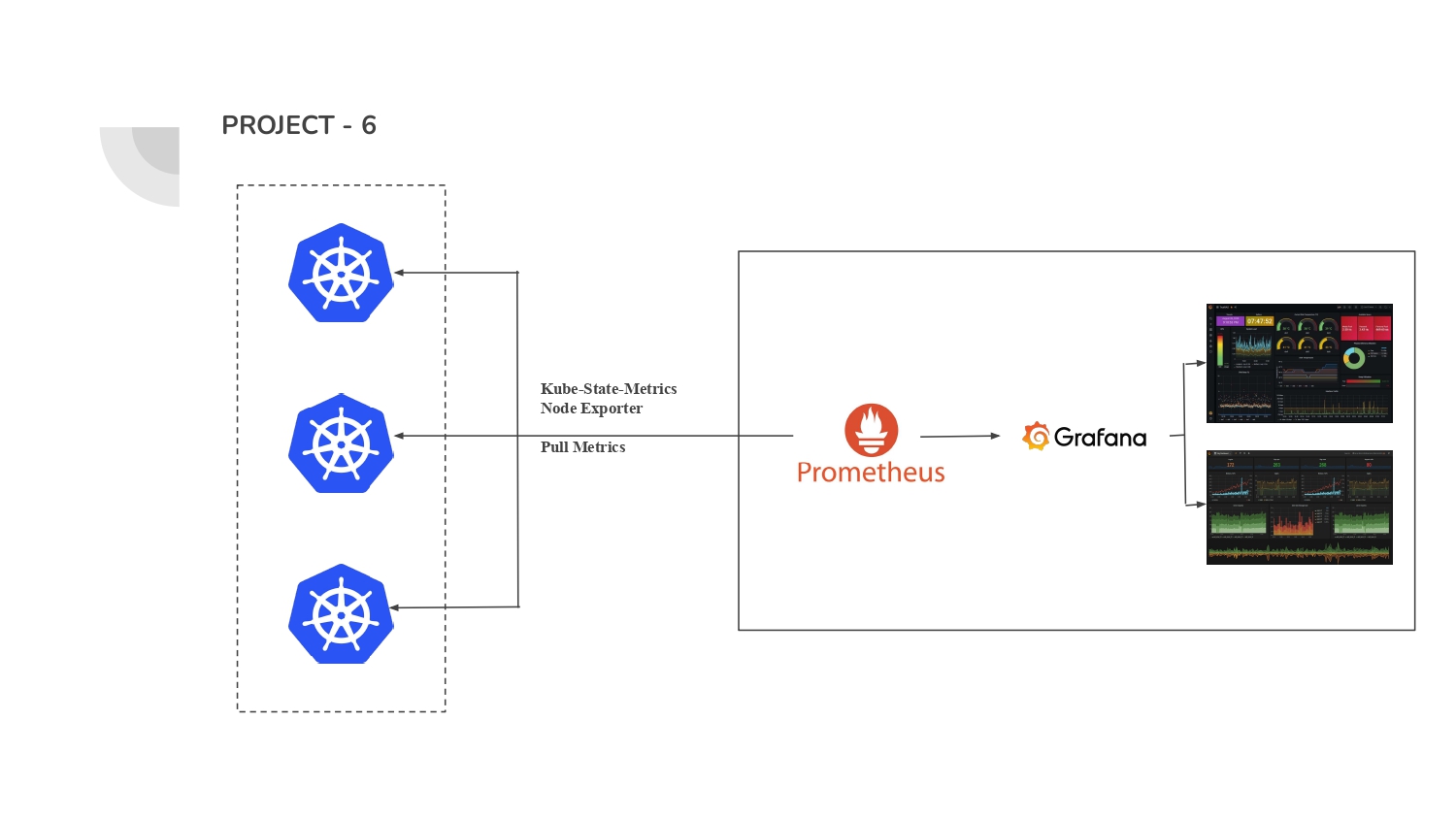
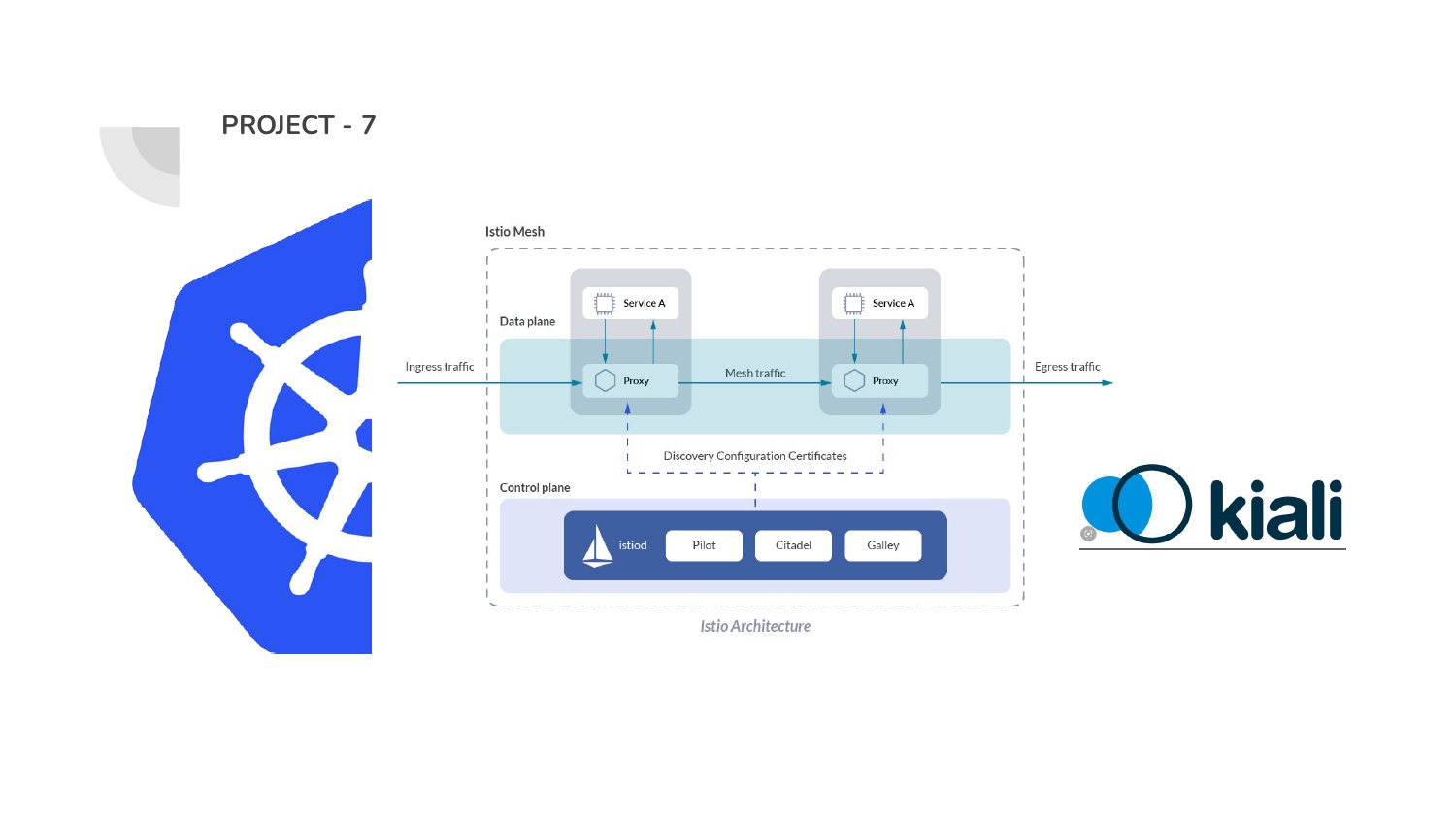
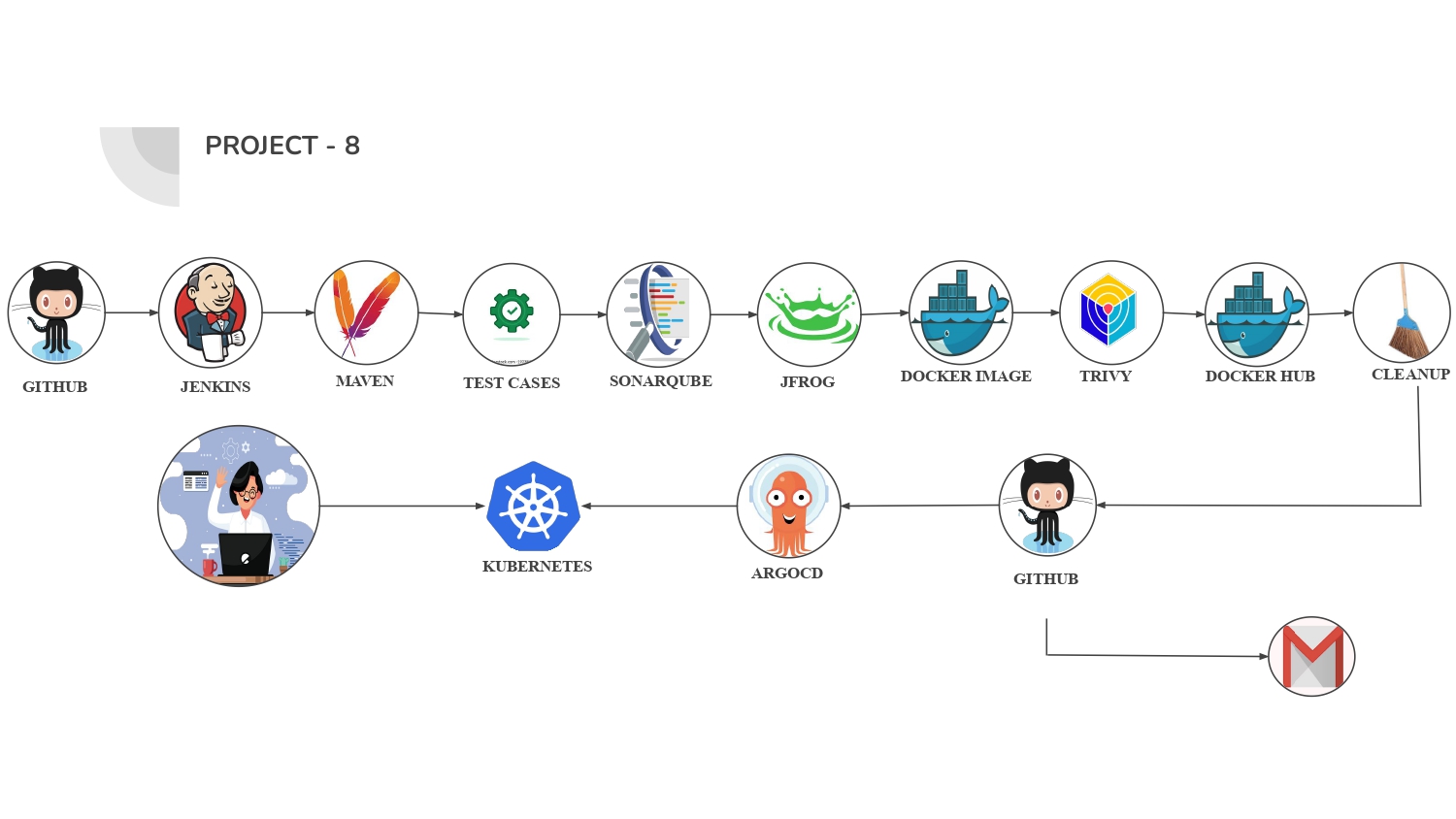
|
|
| |
|
|
|